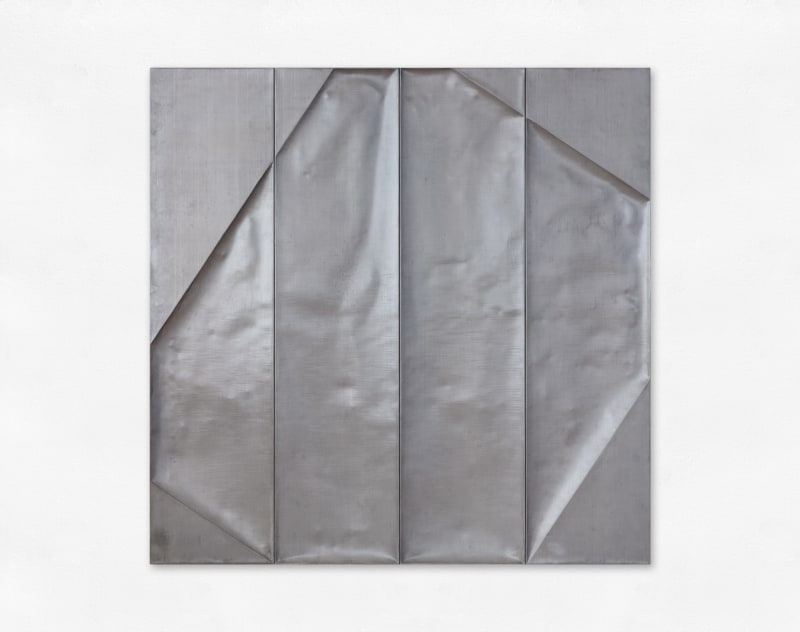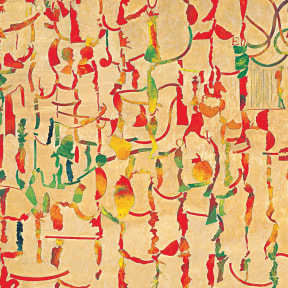-
Biography
Nunzio (Cagno Amiterno, Aquila, Italy 1954)
Born Nunzio Di Stefano in 1954 in Cagnano Amiterno, in the province of Aquila, he studied under Toti Scialoja at the Academy of Fine Arts in Rome.
In 1973, he set up a studio in the former Cerere pasta factory, in the San Lorenzo district, working alongside artists including Giuseppe Gallo, Bruno Ceccobelli, Piero Pizzi Cannella, Gianni Dessì, and Marco Tirelli.
Together, they became a reference point for the New Roman School or the School of San Lorenzo, a generation of artists with studios in the former Cerere pasta factory, united by a return to a more traditional style with measured, reflective paintings. Nunzio explored the expressive and formal possibilities of matter and its relationship with space and light. He then took a more distinctive route, evolving into sculpture, using mostly burnt wood and lead in primitive compositions characterised by an exemplary control of form.
His first exhibition was in 1981 at the Spatia Gallery in Bolzano. In 1984, he exhibited large plaster sculptures at the Attico Gallery in Rome, where he also exhibited in 1986 and 1988.
In 1984, he was also featured in Ateliers, the famous exhibition by Achille Bonito Oliva focused on artists working in the studios of San Lorenzo. In 1985, he held his first exhibition in New York at Annina Nosei’s Gallery, opening doors to international connections. In 1986, he won the 2000 Prize at the XLII Venice Biennale, where he returned in 1995 with a personal room and received an Honourable Mention.
In 2005, the MACRO of Rome dedicated an anthology to him. In 2012, he held a solo exhibition in Germany at the Biedermann Museum in Donaueschingen. In 2016, he exhibited at the Rice Museum in Palermo. In February 2019, he was invited by Anna-Maria Ehrmann-Schindlbeck to the Galerie der Stadt in Tuttlingen (Germany) for a solo exhibition entitled, Skiá.
His works are included in important collections including the GAM in Turin, the MACRO and MAXXI in Rome, the Moderner Kunst Stiftung Museum in Vienna and the Maramotti Collection in Reggio Emilia.
Copyright the artist. Photo UniCredit Group (Sebastiano Pellion di Persano)
-
Works









